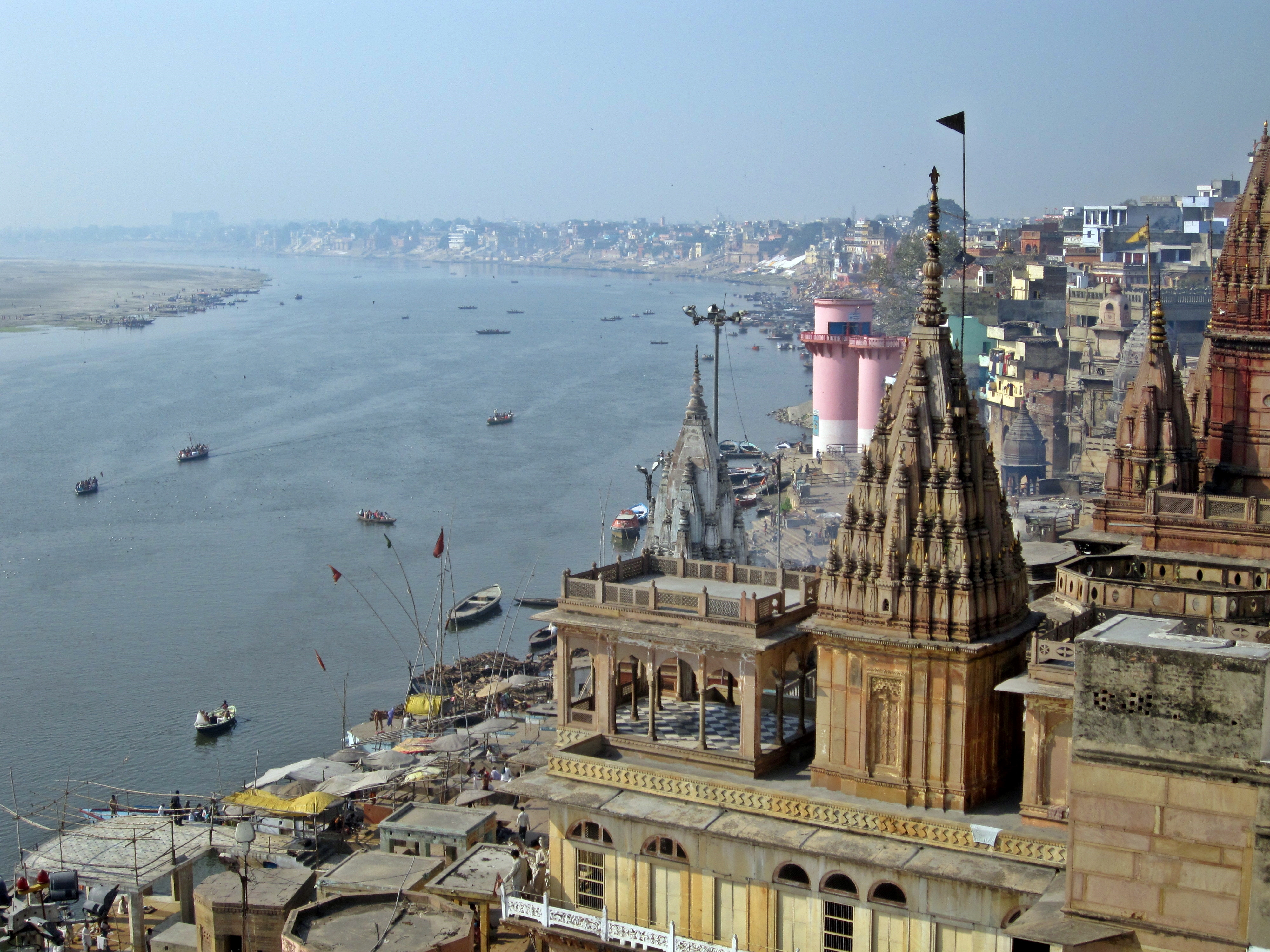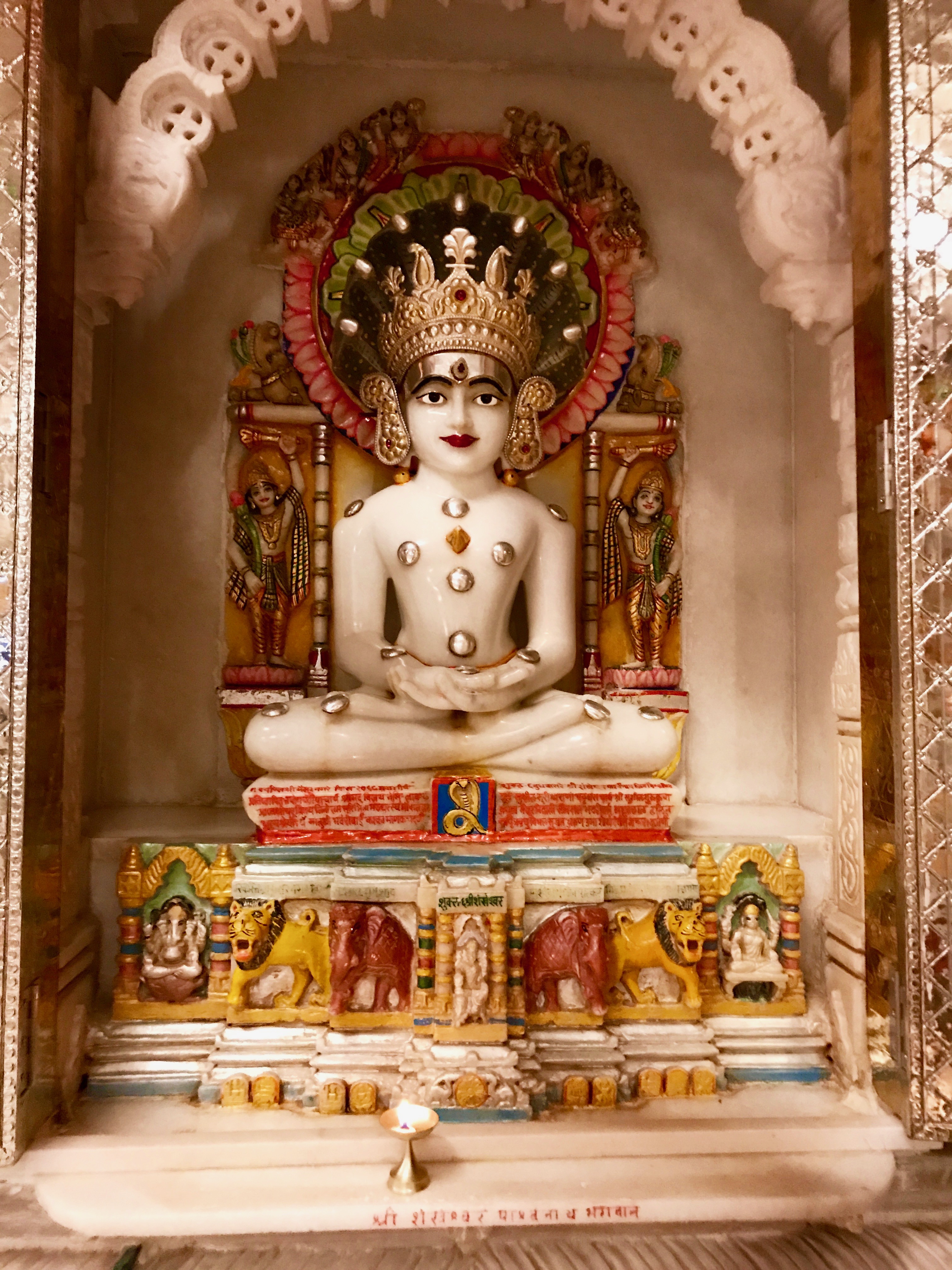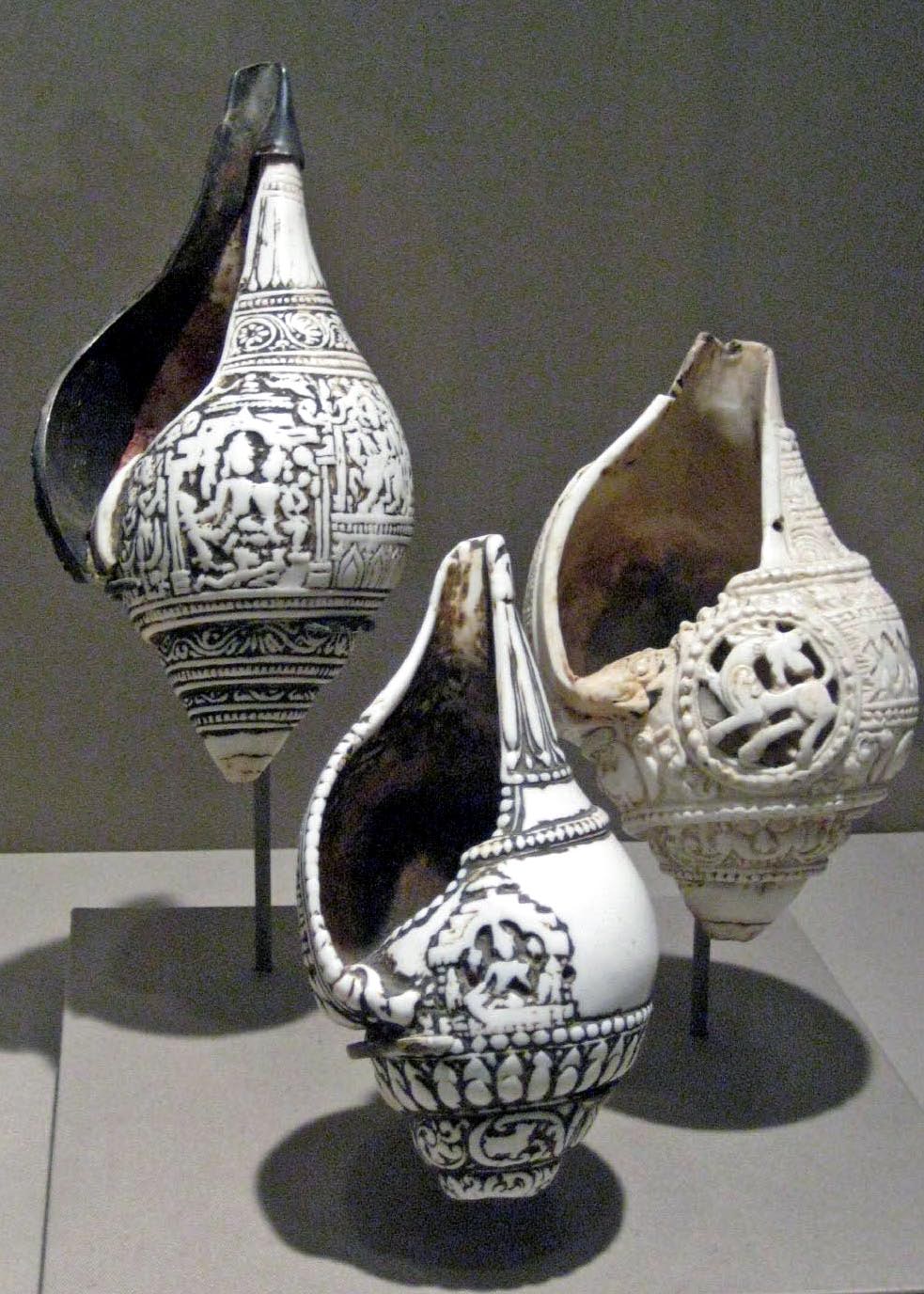|
Dharnendra
Dharanendra is the ''Yaksha'' (attendant deity) of Parshvanatha, twenty-third ''Tirthankara'' in Jainism. He enjoys an independent religious life and is very popular amongst Jains. According to the Jain tradition, when Lord Parshvanatha was a prince, he saved two snakes that had been trapped in a log in an Kamath’s fire. Later, these snakes were reborn as Dharanendra, the lord of the underworld Naga Kingdom, and Padmavati. They, then sheltered Parshvanatha when he was harassed by Meghalin (Kamath reborn). Śvētāmbara tradition, however, does not list Padmavati among the main queens of Dharanendra. Western Ganga literature states that Dharanendra was worshipped for acquiring sons. In the Panchakuta Basadi at Kambadahalli ,Dharanendra is seen holding a bow and blowing a shankha. A five-hooded serpent makes a canopy over him. File:Closed mantapa in the Akkana Basadi (1181 A.D.) at Shravanabelagola.jpg, The inside view of Akkana Basadi, Shravanabelagola(1181 A.D.); Parshvan ... [...More Info...] [...Related Items...] OR: [Wikipedia] [Google] [Baidu] |
Parshvanatha
''Parshvanatha'' (), also known as ''Parshva'' () and ''Parasnath'', was the 23rd of 24 ''Tirthankaras'' (supreme preacher of dharma) of Jainism. He is the only Tirthankara who gained the title of ''Kalīkālkalpataru (Kalpavriksha in this "Kali Yuga").'' Parshvanatha is one of the earliest ''Tirthankaras'' who are acknowledged as historical figures. He was the earliest exponent of Karma philosophy in recorded history. The Jain sources place him between the 9th and 8th centuries BCE whereas historians consider that he lived in the 8th or 7th century BCE. Parshvanatha was born 273 years before Mahavira. He was the spiritual successor of 22nd tirthankara Neminatha. He is popularly seen as a propagator and reviver of Jainism. Parshvanatha attained moksha on Mount Sammeda ( Madhuban, Jharkhand) popular as Parasnath hill in the Ganges basin, an important Jain pilgrimage site. His iconography is notable for the serpent hood over his head, and his worship often includes Dharanendr ... [...More Info...] [...Related Items...] OR: [Wikipedia] [Google] [Baidu] |
Akkana Basadi, Shravanabelagola
Akkana Basadi (''lit'', temple of the "elder sister", basadi is also pronounced ''basti'') is a Jain temple (basadi) built in 1181 A.D., during the rule of Hoysala empire King Veera Ballala II. The basadi was constructed by the devout Jain lady Achiyakka (also called Achala Devi), wife of Chandramouli, a Brahmin minister in the court of the Hoysala king. The main deity of the temple is the twenty-third Jain Tirthankar Parshwanath.Jain and Jain (1953), p.37B.L. Rice (1889), p.57 (Chapter:Introduction) The temple is protected as a monument of national importance by the Archaeological Survey of India. It is part of an Archaeological Survey of India ''Adarsh Smarak Monument'' along with other temples in the Shravanabelagola group of monuments. Temple plan According to art historian Adam Hardy, the basadi is a simple single shrine with superstructure (''ekakuta vimana'') construction with a closed hall (''mantapa''). The material used is Soap stone. The sanctum (''garbhagriha' ... [...More Info...] [...Related Items...] OR: [Wikipedia] [Google] [Baidu] |
Western Ganga Literature
Western Ganga literature ( kn, ಪಶ್ಚಿಮ ಗಂಗ ಸಾಹಿತ್ಯ) refers to a body of writings created during the rule of the Western Ganga Dynasty, a dynasty that ruled the region historically known as Gangavadi (modern Southern Karnataka, India) between the 4th and 11th centuries. The period of their rule was an important time in the history of South Indian literature in general and Kannada literature in particular, though many of the writings are deemed extinct. Some of the most famous poets of Kannada language graced the courts of the Ganga kings. Court poets and royalty created eminent works in Kannada language and Sanskrit language that spanned such literary forms as prose, poetry, Hindu epics, Jain Tirthankaras (saints) and elephant management. Kannada writings The prose piece of Chavundaraya, who was a famous Ganga minister and army commander, known as ''Chavundaraya Purana'' (or ''Trishashtilakshana mahapurana'') written in 978 CE, is an early existin ... [...More Info...] [...Related Items...] OR: [Wikipedia] [Google] [Baidu] |
Padmavati (Jainism)
Padmāvatī is the protective goddess or śāsana devī (शासनदेवी) of Parshvanatha, Pārśvanātha, the twenty-third Jain tirthankara, tīrthāṅkara, complimenting Parshwa yaksha in Swetambara and Dharanendra in digambar the shasan deva. She is a yakshi (attendant goddess) of Parshwanatha. Jain Biography There is another pair of souls of a nāga and Nāga, nāginī who were saved by Parshwanath while being burnt alive in a log of wood by the tapas kamath, and who were subsequently reborn as Indra (Dharanendra in particular) and Padmavati (different from sashan devi) after their death. According to the Jainism, Jain tradition, Padmavati and her husband Dharanendra protected Lord Parshvanatha when he was harassed by Meghmali. After Padmavati rescued Parshvanatha grew subsequently powerful in to yakshi, a powerful tantric deity and surpassed other snake goddess ''Vairotya''. Legacy Worship Goddess Padmavati along with Ambika (Jainism), Ambika, Chakreshvar ... [...More Info...] [...Related Items...] OR: [Wikipedia] [Google] [Baidu] |
Tirthankara
In Jainism, a ''Tirthankara'' (Sanskrit: '; English: literally a 'ford-maker') is a saviour and spiritual teacher of the ''dharma'' (righteous path). The word ''tirthankara'' signifies the founder of a '' tirtha'', which is a fordable passage across the sea of interminable births and deaths, the '' saṃsāra''. According to Jains, a ''Tirthankara'' is an individual who has conquered the ''saṃsāra'', the cycle of death and rebirth, on their own, and made a path for others to follow. After understanding the true nature of the self or soul, the ''Tīrthaṅkara'' attains '' Kevala Jnana'' (omniscience). Tirthankara provides a bridge for others to follow the new teacher from ''saṃsāra'' to ''moksha'' (liberation). In Jain cosmology, the wheel of time is divided in two halves, Utsarpiṇī' or ascending time cycle and ''avasarpiṇī'', the descending time cycle (said to be current now). In each half of the cosmic time cycle, exactly twenty-four ''tirthankaras'' grace thi ... [...More Info...] [...Related Items...] OR: [Wikipedia] [Google] [Baidu] |
Jainism
Jainism ( ), also known as Jain Dharma, is an Indian religions, Indian religion. Jainism traces its spiritual ideas and history through the succession of twenty-four tirthankaras (supreme preachers of ''Dharma''), with the first in the current time cycle being Rishabhadeva, whom the tradition holds to have lived millions of years ago, the twenty-third ''tirthankara'' Parshvanatha, whom historians date to the 9th century BCE, and the twenty-fourth ''tirthankara'' Mahāvīra, Mahavira, around 600 BCE. Jainism is considered to be an eternal ''dharma'' with the ''tirthankaras'' guiding every time cycle of the Jain cosmology, cosmology. The three main pillars of Jainism are ''Ahimsa in Jainism, ahiṃsā'' (non-violence), ''anekāntavāda'' (non-absolutism), and ''aparigraha'' (asceticism). Jain monks, after positioning themselves in the sublime state of soul consciousness, take five main vows: ''ahiṃsā'' (non-violence), ''satya'' (truth), ''Achourya, asteya'' (not stealing), ''b ... [...More Info...] [...Related Items...] OR: [Wikipedia] [Google] [Baidu] |
Naga Kingdom
The Naga Kingdom is the territory of a hardy and warlike tribe called Nagas. They were also considered one of the supernatural races like the Kinnaras. Etymology The word ''Naga'' in the Sanskrit language means ''snake'' or ''serpent''. It seems likely that the Naga people were a serpent-worshipping group who were later described as ''serpents'' themselves in ancient Indian literature. References in Mahabharata Mahabharata epic begins with history of Nagas, in astonishing detail, spanning the initial chapters in the first book (Adi Parva). These chapters were distributed into three sub-volumes called Paushya, Pauloma and Astika. Naga races * MBh (1,57) Naga race in north-west India was almost exterminated by Janamejaya, the Kuru king in Arjuna's line, who conducted the massacre of Nagas at Takshasila. This massacre was stopped by Astika, a Brahmin who was son of Manasa the sister of all Nagas and Sage Jaratkaru. The names of the principal Nagas known widely for their achiev ... [...More Info...] [...Related Items...] OR: [Wikipedia] [Google] [Baidu] |
Śvētāmbara
The Śvētāmbara (; ''śvētapaṭa''; also spelled ''Shwethambara'', ''Svetambar'', ''Shvetambara'' or ''Swetambar'') is one of the two main branches of Jainism, the other being the ''Digambara''. Śvētāmbara means "white-clad", and refers to its ascetics' practice of wearing white clothes, which sets it apart from the ''Digambara'' "sky-clad" Jains, whose ascetic practitioners go naked. Śvētāmbaras, unlike Digambaras, do not believe that ascetics must practice nudity. The Svetambara and Digambara traditions have had historical differences ranging from their dress code, their temples and iconography, attitude towards Jain nuns, their legends and the texts they consider as important. Svetambara Jain communities are currently found mainly in Gujarat, Rajasthan and coastal regions of Maharashtra. According to Jeffery D. Long, a scholar of Hindu and Jain studies, about four-fifths of all Jains in India are Svetambaras. History Majority of the Svetambaras are ''murtipujak ... [...More Info...] [...Related Items...] OR: [Wikipedia] [Google] [Baidu] |
Yaksha
The yakshas ( sa, यक्ष ; pi, yakkha, i=yes) are a broad class of nature-spirits, usually benevolent, but sometimes mischievous or capricious, connected with water, fertility, trees, the forest, treasure and wilderness. They appear in Hindu, Jain and Buddhist texts, as well as ancient and medieval era temples of South Asia and Southeast Asia as guardian deities. The feminine form of the word is or ''yakshini'' ( sa, यक्षिणी ; Pali:Yakkhini). In Hindu, Jain and Buddhist texts, the has a dual personality. On the one hand, a may be an inoffensive nature- fairy, associated with woods and mountains; but there is also a darker version of the , which is a kind of ghost ( bhuta) that haunts the wilderness and waylays and devours travellers, similar to the . Early yakshas Several monumental yakshas are known from the time of the Maurya Empire period. They are variously dated from around the 3rd century BCE to the 1st century BCE. These statues are monumental ... [...More Info...] [...Related Items...] OR: [Wikipedia] [Google] [Baidu] |
Panchakuta Basadi, Kambadahalli
Panchakuta Basadi (or Panchakoota Basadi) is a temple complex located in the Kambadahalli village of the Mandya district, Karnataka state, in southwestern India. It is one of the finest examples of South Indian Dravidian architecture of the Western Ganga variety, related to the Jain faith and iconography.Sarma (1992), p. 152 Archaeological Survey of India, Bangalore circle, Mandya district History According to the historian K.R. Srinivasan, the temple complex, which was built by the kings of the Western Ganga Dynasty is assignable to the period 900–1000 CE. The historian I. K. Sarma however assigns an earlier date of 8th century, based on traces of early Pallava- Pandya and Chalukya-Pallava influences.Sarma (1992), p. 161 Kambadahalli (whose name in the Kannada language literally translates to "village with pillar") which is located 18 km from the famous Jain heritage town of Shravanabelagola, on the Mandya-Shravanabelagola highway, gets its name from the ''Brahmadeva' ... [...More Info...] [...Related Items...] OR: [Wikipedia] [Google] [Baidu] |
Shankha
A Shankha ( conch shell) has religious ritual importance in Hinduism. It is the shell of any suitable sea snail which had a hole made for the performer's embouchure. In Hindu history, the shankha is a sacred emblem of The Hindu preserver god Vishnu. It is still used as a trumpet in Hindu ritual, and in the past was used as a war trumpet. The shankha is praised in Hindu scriptures as a giver of fame, longevity and prosperity, the cleanser of sin and the abode of goddess Lakshmi, who is the goddess of prosperity and consort of Vishnu. The shankha is displayed in Hindu art in association with Vishnu. As a symbol of water, it is associated with female fertility and serpents (Nāgas). The shankha (representing the conch of the presiding deity of Padmanabhaswamy Temple is a part of the state emblem of the Indian state of Kerala. The symbol was derived from the erstwhile emblems of the Indian princely state of Travancore, and the Kingdom of Cochin. The shankha is one of the eight a ... [...More Info...] [...Related Items...] OR: [Wikipedia] [Google] [Baidu] |







.jpg)
